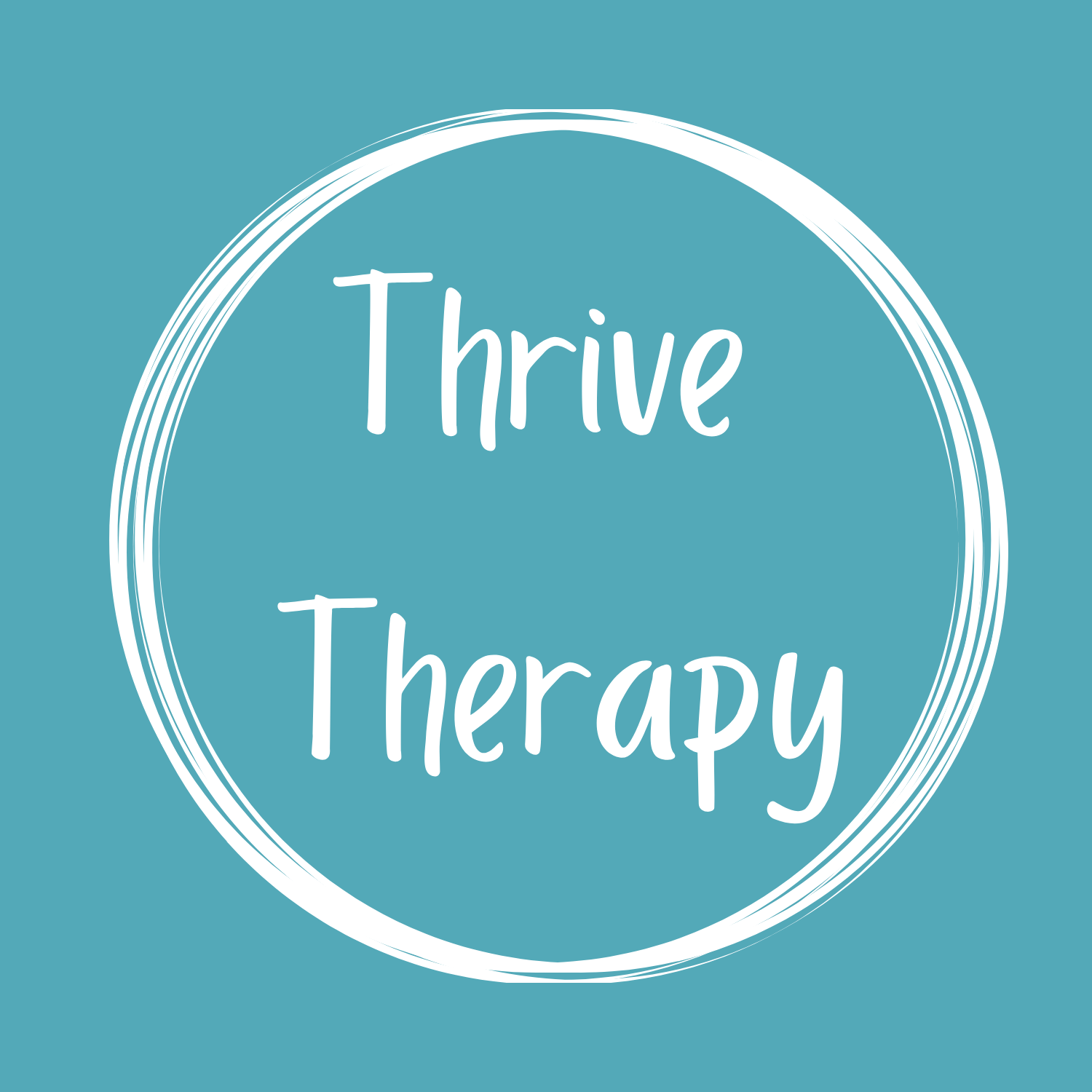Obsessive Compulsive Disorder (OCD)

Do you ever have random thoughts that shock you and make you feel uncomfortable? Do you feel the need to check things over and over again?
If this sounds familiar, you may have Obsessive Compulsive Disorder (OCD) a debilitating mental health condition that over 750,000 people in the UK suffer with.
What is OCD?
Obsessive-Compulsive Disorder (OCD) is a chronic mental health condition characterised by intrusive thoughts also known as obsessions and repetitive behaviours or mental acts known as compulsions, performed to alleviate the distress caused by these thoughts.
How is OCD treated?
CBT is based on the idea that thoughts, feelings, and behaviours are interconnected, and by changing negative thought patterns and behaviours, one can alleviate and treat the anxiety.
How does Cognitive Behavioral Therapy (CBT) work?
CBT is a widely used, evidence-based approach for treating OCD. It focuses on identifying and challenging dysfunctional thoughts and behaviors, and replacing them with healthier, more adaptive ones. For OCD specifically, CBT helps patients understand the relationship between their thoughts, emotions, and behaviors, and teaches them strategies to manage their symptoms. Through CBT, individuals learn to reframe their obsessive thoughts and reduce the anxiety associated with them.
What is Exposure and Response Prevention (ERP)?
ERP is a specialised form of CBT and is considered the gold standard for OCD treatment. ERP involves exposing individuals to situations that trigger their obsessions in a controlled and gradual manner, without allowing them to engage in their usual compulsive behaviors. This process helps reduce the anxiety linked to the obsessions over time and diminishes the compulsion to perform rituals. For example, a person with contamination fears might be gradually exposed to touching doorknobs without washing their hands immediately afterwards.
What does the ERP process look like?
Assessment and planning – a thorough assessment to identify the specific obsessions and compulsions.
Exposure – gradual and repeated exposure to feared thoughts or situations
Response Prevention – refraining from performing the compulsive behavior associated with the exposure.
Habituation – over time the anxiety triggered by the obsession diminishes without the compulsion.
Medication to treat OCD
Medications can also play a significant role in managing OCD symptoms. Selective Serotonin Reuptake Inhibitors (SSRIs) are commonly prescribed and have been shown to be effective in reducing the intensity of OCD symptoms. In some cases, other types of medication or a combination of medications may be used, depending on the individual’s response and specific needs.
Other therapeutic approaches to treating OCD
Acceptance and Commitment Therapy (ACT) – focuses on accepting obsessive thoughts without acting on compulsions, while committing to behavior changes aligned with personal values.
Mindfulness-Based Cognitive Therapy (MBCT) – integrates mindfulness practices with cognitive strategies to help individuals become more aware of their thoughts and reduce the impact of obsessive thinking.
Combining OCD treatments
A comprehensive treatment plan for OCD often involves a combination of therapies and medication. Individualised treatment plans are crucial as they cater to the unique needs of each patient, ensuring a higher likelihood of treatment success. Effective OCD treatment generally combines CBT, particularly ERP, with medication when necessary. Other therapeutic alternatives can also work effectively, it’s taking the time to work out what is most effective for you.


